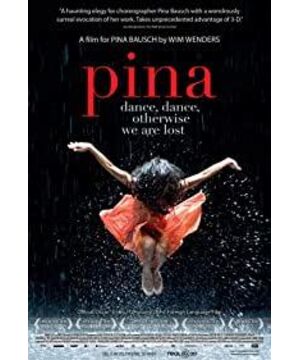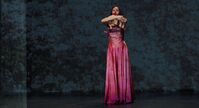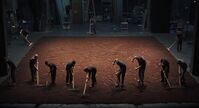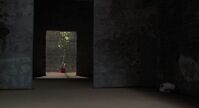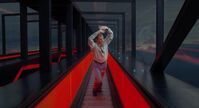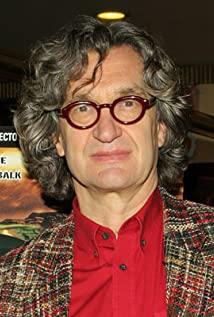How should I put it, in fact, I have never dared to write a film review. And Pina, it moved me so much that I was more inclined not to talk about it. All words bring brokenness. If possible, it should be depicted with eyes, manners, movements, melody, and a short dance, like the silent dialogue between Marco Polo and Kublai Khan, as the dancers in the film did for pina.
But I saw a comment today, and I was a little angry after reading it, hehe. What is it? How beautiful is the god horse called falling in various poses? Shenma called middle-class self-pity syndrome? What is called 3D that kills the imagination? It makes people almost suspect that the author grew up singing red songs, only the revolution has no emotions. What about Carlos Saura's "Flamenco, Flamenco"? Is that the same thing?
Saura uses images to express the moving parts of flamenco, while Wenders expresses pina through images and dance. During her lifetime, Pina once rejected the visualization of her works, and she should understand the damage of images as a means of reproduction to the expression of dance. Especially for a theatrical pina-style dance drama, image reproduction can only damage its essence. In "Until the End of the World", Chinese Des once pointed out the damage of images to the power of words. He must also understand this, so he chose 3D to reproduce the depth of field effect of the stage as much as possible. In this film, Chinese Des put his own position very low, making the image give way to the dance. Its scene scheduling, sound and light environment, and camera processing are all laid out for the dance, and more are told through the dance itself choreographed by pina. , to speak in its own power.
In addition to the expressiveness of the dance itself, the moving part of the film also comes from its structure. From the earliest friends who collaborated with pina, to the dancers in the early rehearsal, to the successors, to the newly recruited young actors, they appeared in the dance drama choreographed and directed by pina in sequence - switch to a close-up of personal expressions - recall a certain Feel the imprint of the deepest pina here - and then a dance dedicated to the pina. They each express what pina wants them to keep - what's unique about each person, pina gives them freedom through dance, allows them to find themselves, accept themselves, and express themselves on stage. In this sense, pina is more of a spiritual teacher than just a choreographer. This is also the greatness of pina, discovering and respecting the unique beauty of each individual, knowing its vulnerability, facing it instead of fearing it, and turning it into a power that shakes people's hearts.
The dancer's appearance order has a hidden timeline. In the switching between the two different versions of "Communication Field", the old and the young, the process of updating has been completed. A dance company, from its creation, to attracting like-minded colleagues, to recruiting talented actors, to cultivating the next generation of successors, to fresh blood joining, to the birth, growth and integration of the children of the dance company into the dance company At this moment, pina has become the organizer and cohesive force of an organization, leading these dancers to sway on the stage together, moving forward with the time dimension, so as to make the illusory and abstract world under the light complete.
The film starts with "Rite of Spring", runs through all the creations of Pina, and goes to the end, "Full Moon". The full moon brings tides, is full of abundant natural forces, is alive, young, strong, and has dreams. From the awe of the Rite of Spring, the escapism of Mueller's Café, the mockery of the social arena, into the celebration of the joy of life. Under the moonlight, everything is prosperous, life is beautiful and happy, but this does not mean that there is no pain, we are still burdened, and we will still struggle.
At the end is a black-and-white image of pina, who says, "Dance, dance, or we'll get lost."
View more about Pina reviews


